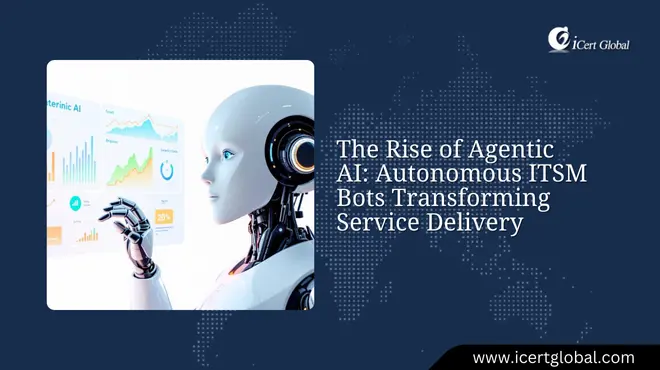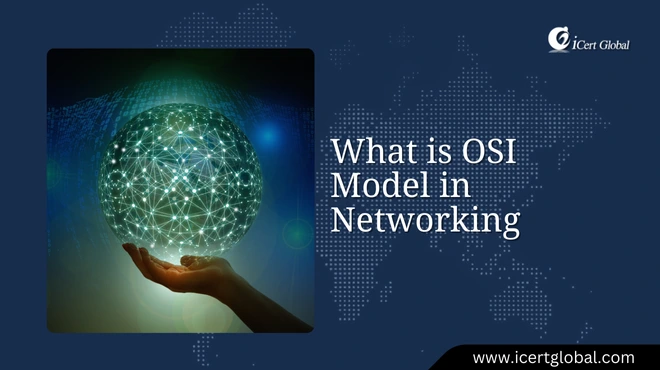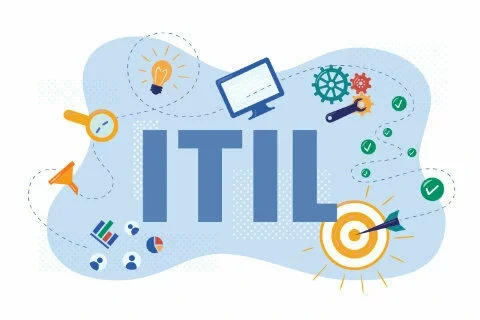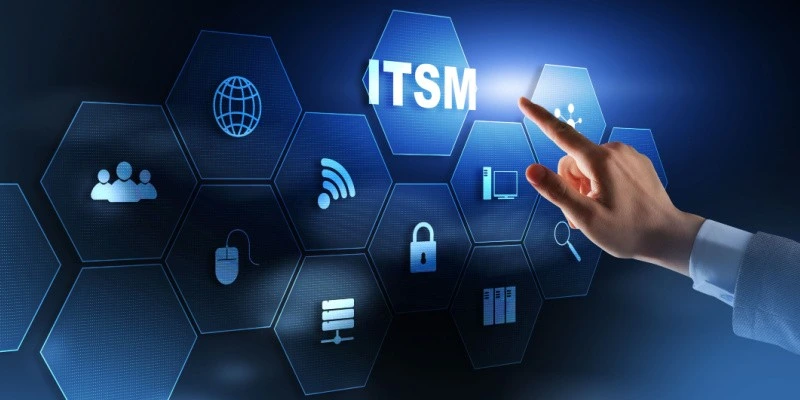The value to the business of adopting and implementing CSI
The context of CSI in the ITIL service lifecycle
The approach to CSI, including key interfaces and inputs and outputs
Continual service improvement principles:
How the success of CSI depends on understanding change in the organization and having clear accountability
How service level management and knowledge management influence and support CSI
How the complete Deming Cycle works, and how it can be applied to a real world example
How CSI can make effective use of the various aspects of service measurement
What situations require the use of frameworks and models, and examples of how each type can be used to achieve improvement
Continual service improvement process:
What the seven-step improvement process is, how each step can be applied and the benefits produced
How CSI integrates with the other stages in the ITIL service lifecycle
How other processes play key roles in the seven-step improvement process
Continual service improvement methods and techniques:
When to use assessments, what to assess and how a gap analysis can provide insight into the areas that have room for improvement
How to use benchmarking, service measurement, metrics, service reporting, including balanced scorecard and SWOT, to support CSI
How to create a return on investment, establish a business case and measure the benefits achieved
How techniques within availability management, capacity management, IT service continuity management and problem management can be used by CSI
Organizing for Continual Service Improvement:
The role of the CSI manager, and the roles of service owner, process owner, process manager and process practitioner in the context of CSI and how they can be positioned within an organization
How to design, implement and populate a RACI (responsible, accountable, consulted, informed) diagram as well as how to use it to support CSI
Technology Considerations:
The technology and tools required and how these would be implemented and managed to support CSI activities such as performance, project and portfolio management, as well as service measurement and business intelligence reporting
Implementing Continual Service Improvement:
CSI implementation: strategy, planning, governance, communication, project management, operation, as well as how to deal with cultural and organizational change
Challenges, critical success factors and risks:
The challenges and risks such as staffing, funding, management, etc., which can be related to CSI and the details behind how each challenge can be addressed
The critical success factors related to CSI as well as how to measure and monitor them





























.webp)


